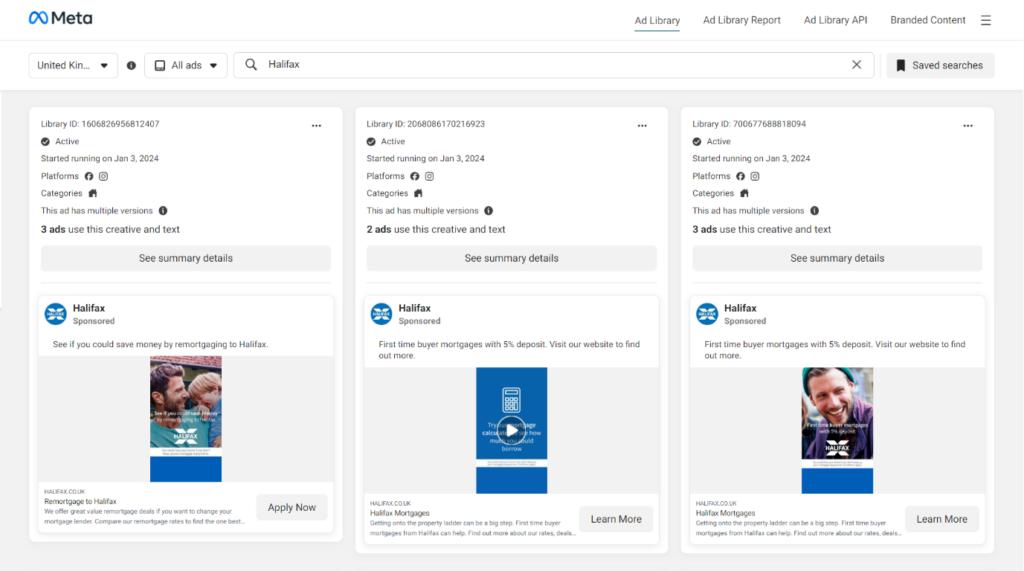Competitor monitoring isn’t just a beneficial aspect of marketing—it’s an essential ingredient for success in today’s competitive landscape. Understanding how your rivals approach customer acquisition and retention can provide invaluable insights to refine your own marketing strategy and stay ahead of the curve.
In the digital age, where information is abundant and readily accessible, leveraging smart competitor tracking tactics can be the key to unlocking your competitive edge.
In this comprehensive guide, we’ll delve deep into seven advanced strategies to master competitor monitoring and elevate your marketing game.
1. Harness the Power of Google Auction Insights
Paid search is a fiercely competitive arena, and Google’s Auction Insights offers a treasure trove of data to gain a competitive advantage.
By analyzing metrics such as impression share, overlap rate, and position above rate, you can benchmark your performance against competitors on specific keywords. Moreover, tracking auction movements over time allows you to identify trends and patterns, enabling you to adapt your bidding strategy accordingly.
2. Unlock Keyword Ideas with Google Keyword Planner
While traditional keyword research methods are effective, Google Keyword Planner offers a unique opportunity to uncover keyword ideas based on competitors’ websites. By scanning competitor sites, this tool generates a comprehensive list of relevant keywords along with insightful metrics such as average monthly searches and top-of-page bids. This approach not only expands your keyword repertoire but also provides valuable insights into competitors’ content strategies.
3. Conduct In-Depth Keyword Gap Analysis
To gain a deeper understanding of competitors’ keyword strategies, complement Google Ads data with insights from third-party SEO tools such as Ahrefs or SEMrush. These tools offer a wealth of information, including competitor keyword rankings, ad copy, estimated CPC, and traffic volume. By overlaying data from multiple sources, you can paint a more complete picture of competitors’ keyword landscape and identify untapped opportunities.
4. Explore Competitors’ Digital Advertising Across Platforms
Google’s Ads Transparency Center and Meta’s Ad Library offer unprecedented visibility into competitors’ digital advertising efforts.
By exploring these platforms, you can gain insights into competitors’ ads on Google Search, Display Network, YouTube, Facebook, Instagram, and more. Although direct ad downloads may require workarounds, the wealth of information available allows you to dissect competitors’ advertising strategies and gain actionable insights.
5. Uncover Competitors’ Technology Stack
Understanding the technology stack powering competitors’ digital presence can provide a significant competitive advantage. Tools like Wappalyzer or BuiltWith offer insights into competitors’ technology profiles, revealing valuable information about their website architecture, analytics tools, CMS platforms, and more. By analyzing competitors’ tech stacks, you can identify opportunities for optimization and stay ahead of technological trends.
6. Build Your Own Cost-Effective Competitor Monitoring System
While there are numerous competitor intelligence solutions available, building your own monitoring system can be both cost-effective and efficient. Setting up dedicated email inboxes for competitor newsletters, creating social media accounts to follow competitors, and utilizing website monitoring tools like Visualping allow you to gather valuable insights at minimal expense. You can create a comprehensive competitor monitoring system tailored to your specific needs by aggregating data from multiple sources.
7. Translate Insights into Actionable Strategies
Ultimately, the true value of competitor monitoring lies in translating insights into actionable strategies that drive business growth. By analyzing competitor data, identifying trends, and leveraging insights, you can refine your marketing tactics, optimize your campaigns, and stay ahead of the competition. Whether it’s adjusting bidding strategies, refining keyword targeting, or optimizing ad creatives, competitor intelligence should inform every aspect of your marketing strategy.
Final thoughts
In conclusion, mastering competitor monitoring is essential for success in today’s competitive marketing landscape. By leveraging advanced tracking tactics, analyzing competitor data from multiple sources, and translating insights into actionable strategies, you can gain a competitive edge and propel your business to new heights. Embrace the power of competitor monitoring and unlock your full potential in the digital marketing realm.





